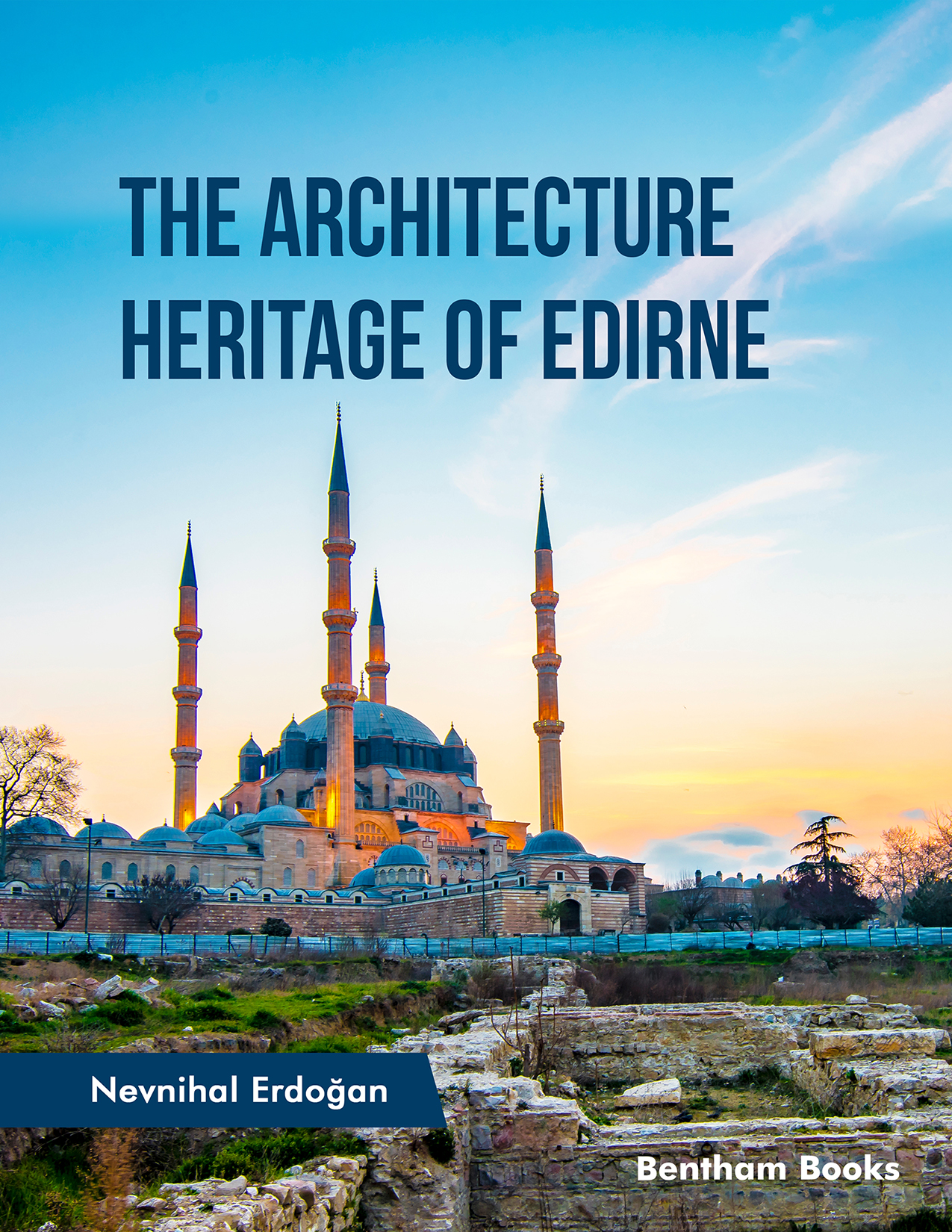Introduction
Edirne is a vibrant city of historical importance where civilizations have concentrated throughout the ages, with a unique architectural heritage. Constructions like the Selimiye Mosque from Sinan, the Old Mosque from the fifteenth-century, Üç Şerefeli Mosque, Sultan Beyazid II Mosque, and its many complexes, imarets (public soup kitchens), Dar al-Shifa (medical centers), hans (public inns), baths, bridges, caravanserais, are refined examples of Ottoman-Islamic art.
The Architecture Heritage of Edirne is an exploration of the city’s architectural Heritage. approaching the past with a historical perspective through works from all the periods it has endured. Starting with the history of Edirne, the book goes into the details of the historical neighborhood, the central district and the historical architecture in the present day city. The book includes notes on the architecture in each notable district and their respective monuments and sites. This is followed by coverage of the architecture of Edirne’s former districts. The book concludes with the author’s understanding of Edirne’s social and economic fabric, both in the past and present. This chapter details the traditional customs, dances, clothing and economic structure of the city.
The book is a ley reference for scholars and enthusiasts of urban history, architectural heritage and design, fine arts, humanities and social sciences. The breadth of information covered in the book also makes it a resource for anyone interested in Turkish cultural heritage studies.
Readership:
scholars and enthusiasts of urban history, architectural heritage and design, fine arts, humanities and social sciences. Readers interested in Turkish cultural heritage studies.

